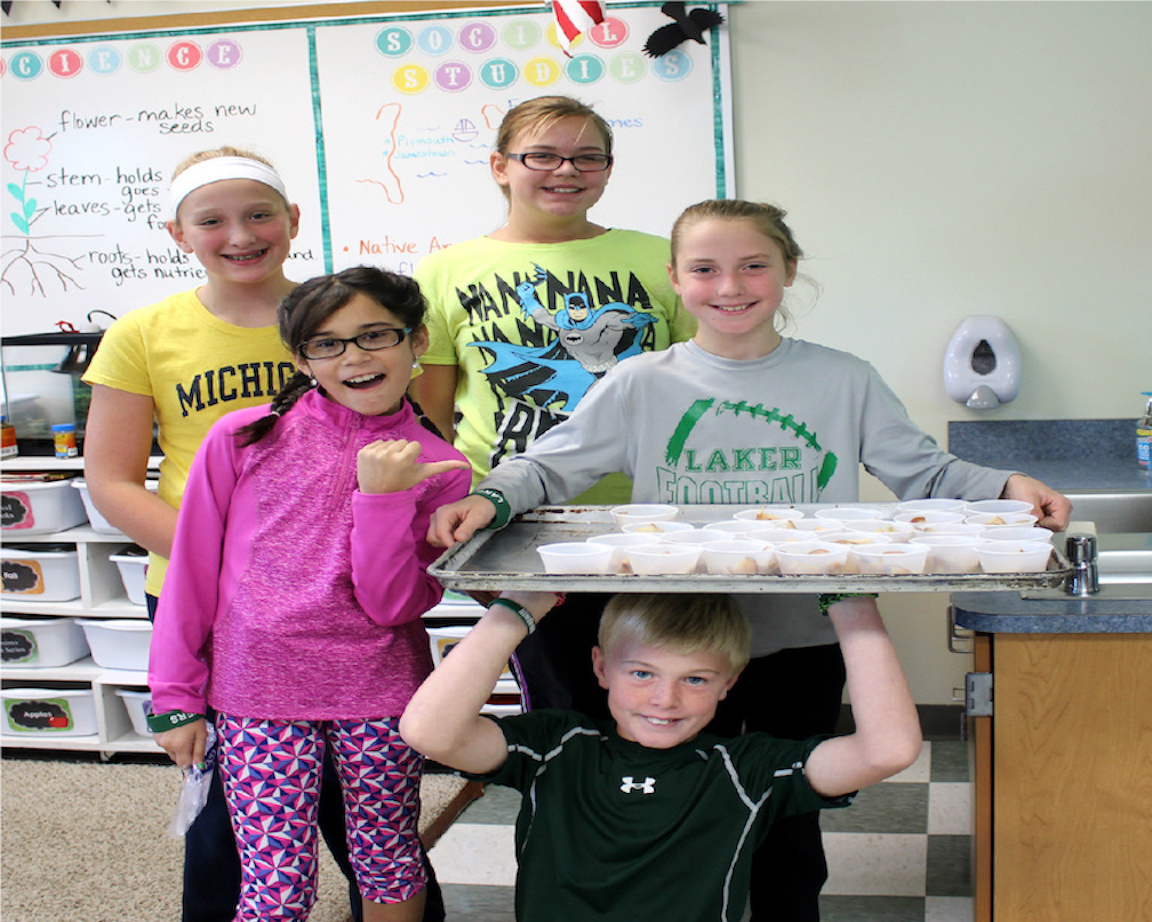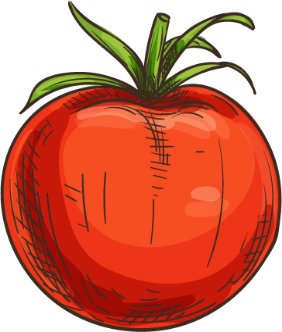Elkton-Pigeon-Bay Port Laker Schools

District Details
Pigeon, Michigan
District Enrollment: 920
District F/R: 50%
District ADP: 85%
Production Model: Self-Operated
School Year Implemented: 2016-2017
# of Grants Awarded: 3

District Details
Pigeon, Michigan
District Enrollment: 920
District F/R: 50%
District ADP: 85%
Production Model: Self-Operated
School Year Implemented: 2016-2017
# of Grants Awarded: 3
Participating Schools
| Laker Elementary | Laker Junior High | Laker High School |
|---|---|---|
| Age Group: K - 5 | Age Group: 6 - 8 | Age Group: 9 - 12 |
| School Size: Medium (301-900) | School Size: Small (Under 300) | School Size: Medium (301-900) |
| School Environment: Rural | School Environment: Rural | School Environment: Rural |
| School F/R: 54% | School F/R: 46% | School F/R: 45% |
| School ADP: 75% | School ADP: 80% | School ADP: 75% |








